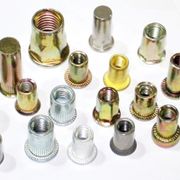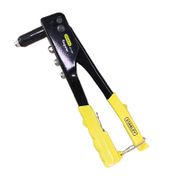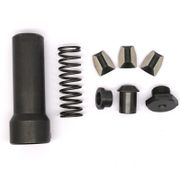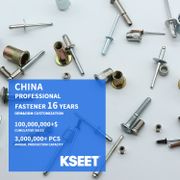What is a Rivet?
A rivet is a mechanical fastener that is used to join two or more materials, typically metals, together in a permanent and secure way. Rivets have been used for centuries in construction, shipbuilding, and manufacturing due to their reliability and strength. They play a crucial role in industries where components need to withstand significant stress, such as in bridges, aircraft, and buildings.
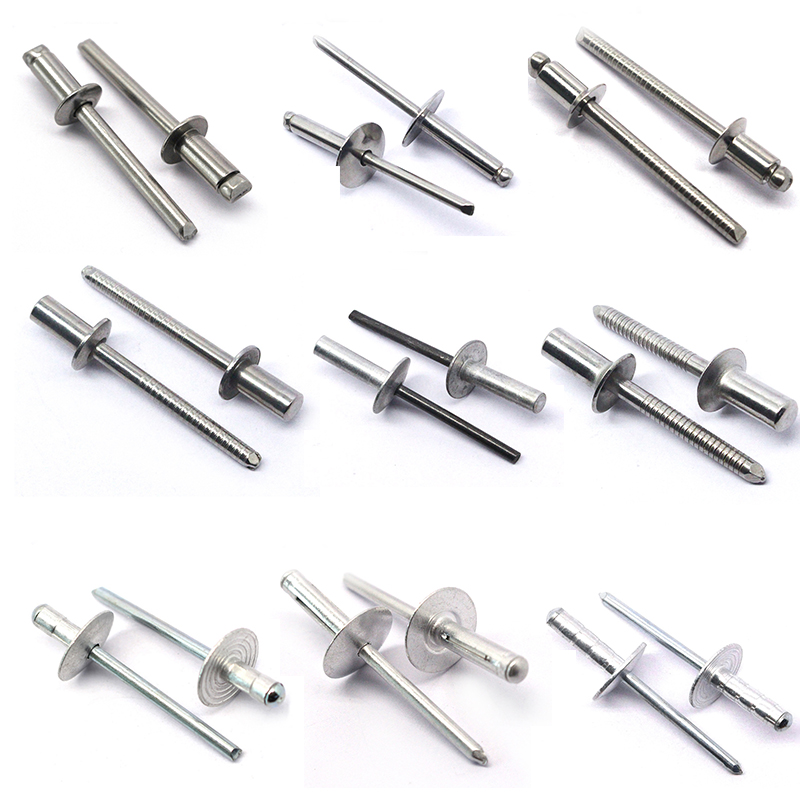
Structure and Function
A typical rivet consists of two main parts: the head and the shank (or tail). The head is the wider part that stays on one side of the material, while the shank is a cylindrical shaft that passes through pre-drilled holes in the materials being joined. When the rivet is installed, the shank is deformed, usually by hammering or using a specialized tool, causing the tail to expand and hold the materials tightly together. The deformation makes the rivet act like a bolt that cannot be easily undone, providing a solid, vibration-resistant connection.
Types of Rivets
There are various types of rivets, each designed for specific applications. The most common types include:
-
Solid Rivets: These are the most traditional form of rivets, requiring access to both sides of the materials being joined. They are widely used in industries such as aviation and shipbuilding.
-
Blind Rivets (Pop Rivets): Blind rivets are unique in that they can be installed from only one side of the material. This makes them ideal for applications where access to the backside of the materials is limited, such as in vehicle assembly.
-
Tubular Rivets: These rivets have a hollow shank and are often used in light-duty applications like attaching fabric or leather.
-
Drive Rivets: These rivets are hammered into place and expand when struck, securing the materials without needing to deform the tail end like traditional rivets.
-
Split Rivets: These are designed to be used with softer materials such as leather, fabric, or wood. Their tail end splits and bends outward when hammered in, securing the materials.
Applications of Rivets
Rivets are widely used across many industries:
-
Aerospace: Aircraft manufacturing relies heavily on rivets due to their strength and reliability. Thousands of rivets are used in the fuselage and wings of airplanes to ensure structural integrity under high stress and vibration.
-
Construction: Rivets are used in building bridges, towers, and other large structures that require long-lasting joints. The iconic Eiffel Tower, for example, was constructed using millions of rivets.
-
Automotive: Rivets are commonly used in car and truck manufacturing, particularly for parts that experience significant vibration, such as frames and panels.
-
Shipbuilding: Before welding became popular, ships were constructed primarily using rivets. Even today, rivets are still used for certain ship parts that require flexibility and strength.
-
Household Goods: Smaller rivets are often used in the assembly of everyday products such as kitchen appliances, tools, and furniture.
Advantages of Using Rivets
- Durability: Once installed, rivets provide a long-lasting, permanent fastening solution.
- Strength: Riveted joints are incredibly strong and resistant to vibration, which is why they are often used in high-stress applications.
- Simple Installation: Installing rivets is a straightforward process that requires minimal equipment.
- Versatility: Rivets come in many shapes, sizes, and materials, allowing them to be used in various applications.
Conclusion
Rivets are one of the oldest and most reliable forms of mechanical fasteners. Their ability to create strong, permanent joints makes them indispensable in industries like aerospace, construction, and automotive manufacturing. Although modern techniques such as welding and adhesive bonding have become more popular, rivets remain an essential component in ensuring the durability and integrity of many structures and products.

